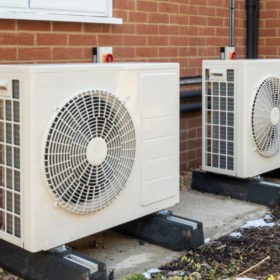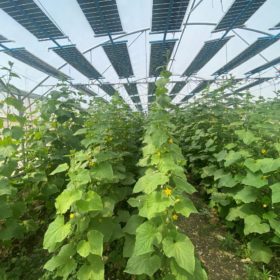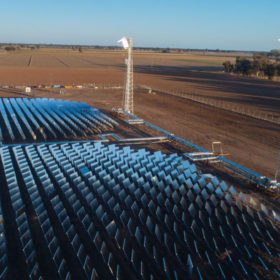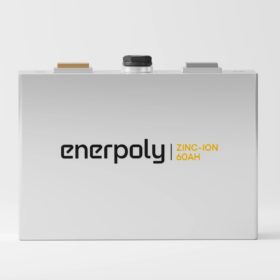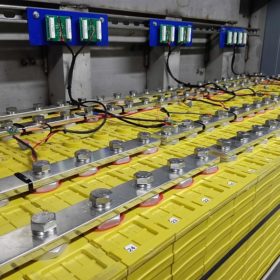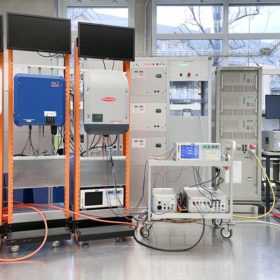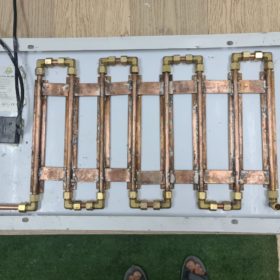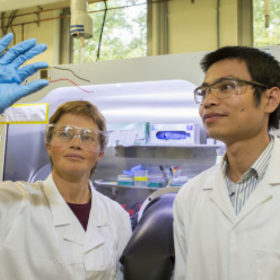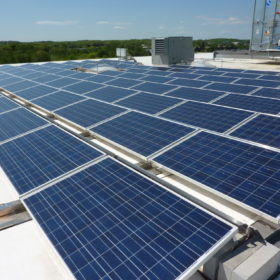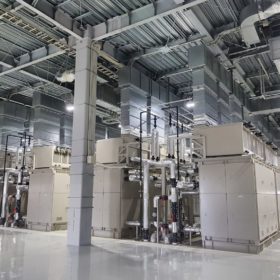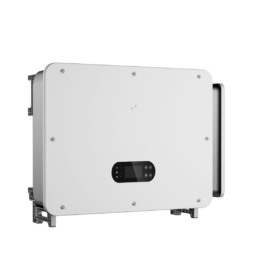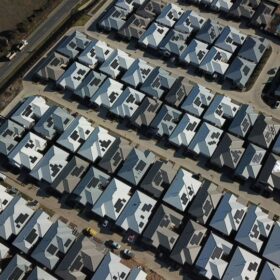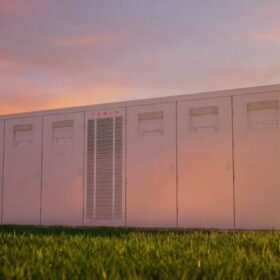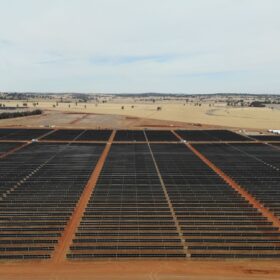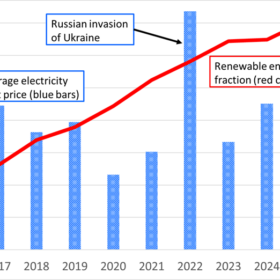Online estimation tool for heat pump sizing
The Australian Alliance for Energy Productivity (A2EP) has released a free, online estimation tool to aid Australian businesses in sizing heat pumps to replace gas boilers. The tool estimates the capex, opex, net savings, and payback time based on inputs about heating, cooling, location, and temperature requirements.
New agrivoltaic project to test crop-responsive PV trackers for greenhouses
An international consortium led by Israel’s Al-Zahrawi Society has launched the Regace project to develop agrivoltaic solutions for greenhouses. It will investigate the performance of a new tracking system across locations and climates and use carbon dioxide enrichment to improve crop yield.
Vast Solar lands $65 million for ‘first-of-a-kind’ concentrated solar power plant
Renewable energy developer Vast Solar will progress plans to deliver Australia’s first commercial-scale concentrated solar power plant after securing financial backing from the federal government to build a 30 MW/288 MWh facility near Port Augusta in South Australia.
Zinc-ion batteries for residential applications
Enerpoly produces low-cost, low-maintenance zinc-ion battery storage systems for durations of two to 10 hours. The Swedish battery specialist now plans to develop prototypes of a residential plug-in storage system with rechargeable zinc batteries in Europe, under an EU-funded collaborative project with Austrian startup EET.
New EV battery offers 50% more energy density than traditional lithium-ion batteries
Ionblox says it will use $32 million of series B funding to support the buildout of a novel silicon anode electric vehicle battery.
Survey shows 34.3% failure rate for residential inverters over 15 years
The Bern University of Applied Sciences in Switzerland has published the initial results of a survey on the durability and performance of residential PV inverters and power optimisers over a 15-year period. They found that more than 65% of the inverters did not present yield-relevant faults by their 15th year of operation.
Photovoltaic-thermal system based on PCM cooling
Malaysian researchers have developed a system that can absorb heat from PV modules and transmit it to a nanofluid, in order to transform it into thermal energy and use it for different applications. The panels have an overall efficiency of 89%.
ANU team break 30% efficiency in tandem solar cell
A research team at the Australian National University have claimed an efficiency of 30.3% for a tandem solar cell made by mechanically stacking a perovskite cell and a silicon cell. The achievement meets the first of three 2030 “stretch goals” set by the Australian government.
AC vs. DC in residential buildings equipped with solar-plus-storage
Scientists in Sweden have compared AC and DC topologies in PV-powered buildings using battery storage. They have found that DC distribution systems can achieve energy savings when they are combined with solar-plus-storage systems.
Overcoming thermal issues of vanadium redox flow batteries
Chinese scientists have analysed reports of thermal issues with vanadium redox flow batteries (VRFB) and existing thermal management methods. They say the operating temperature should be maintained in the range of 10 C to 40 C to ensure VRFBs with high efficiency, weak side reactions, high electrolyte stability, and low crossover.
